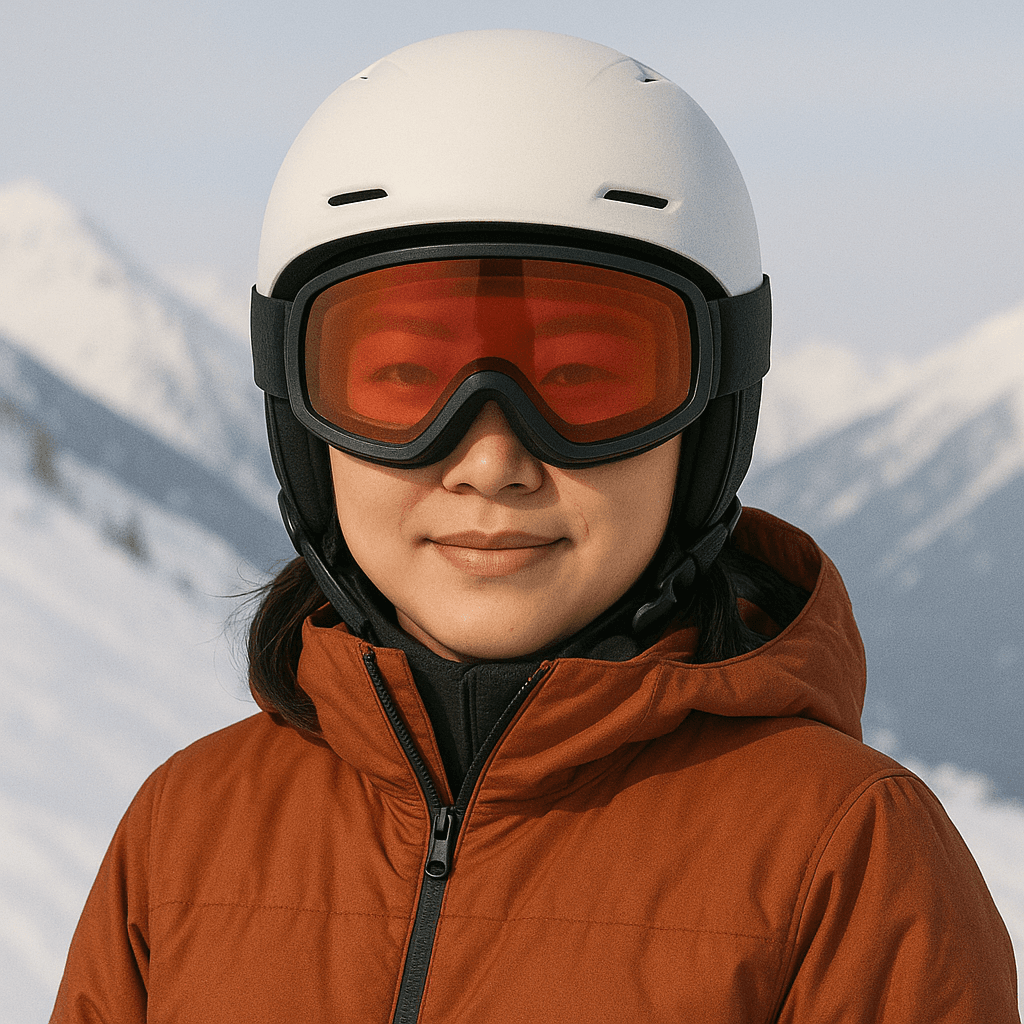
Japan Ski Resort Food & Drink Guide: What to Eat in Japanese Ski Towns

Chase powder, then follow the steam. Across Japan’s mountains, lunch appears in minutes at slope-side counters, snacks hide in plain sight at the konbini, and dinner turns into story hour over charcoal and bubbling broth. Consider this your on-snow compass to what actually works in winter: the bowls, buns and grills worth hunting down, and the drinks that match the weather — coffee when the chair’s calling, crisp beer for après, highballs when the skewers land.
The Cafeteria Rhythm
Slope-side cafeterias are built for powder days. You point at a picture, buy a ticket, and a few minutes later you’re holding heat in a bowl. Eat slightly early or slightly late to dodge the noon scrum. Water is usually self-serve, trays get returned to a rack, and the whole system is tuned to get you back on snow without drama.
Katsu curry
Start with katsu curry. A panko-crisp cutlet — pork or chicken — reclines over rice in a mellow, gently spiced curry. It is the slope-side heavyweight for a reason. Familiar, forgiving, and unreasonably satisfying when the wind is chewing on your face.
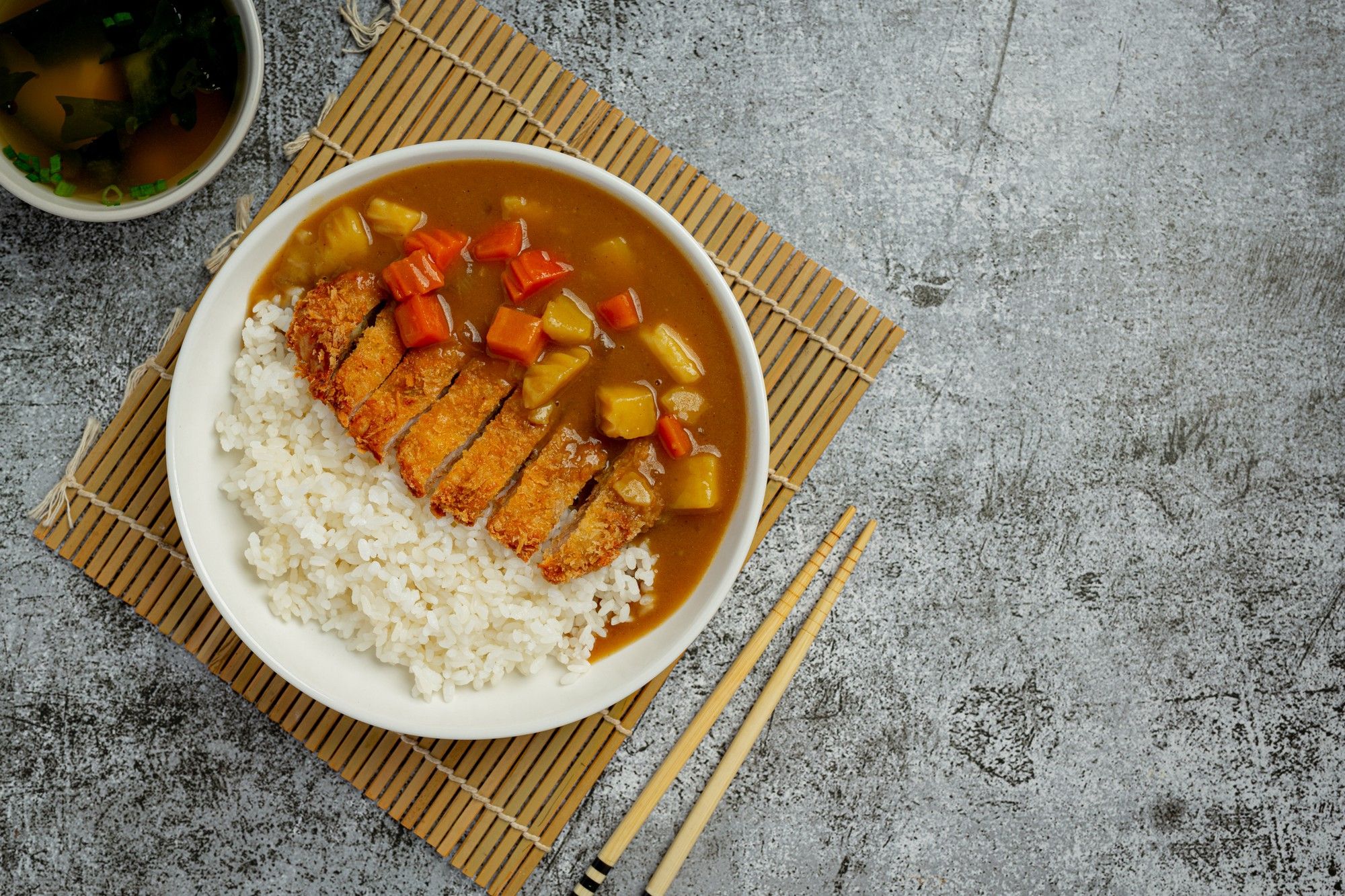
Ramen
When the mercury dumps as fast as the snow, miso ramen is the move. In Hokkaido you’ll often see the butter-and-corn twist. The butter melts into the broth for extra richness, the corn adds sweetness, and suddenly winter feels like a feature, not a bug.

Donburi
Need to inhale and go? Choose donburi — one bowl, full smile. Katsudon simmers a cutlet with egg over rice. Oyakodon teams chicken with egg. Gyudon lays tender beef and onions over rice with a sweet-savory glaze. Different personalities, same result — empty bowl, happy legs.

Noodles
Noodle loyalists are spoiled beyond ramen. Udon is thick and bouncy, easy for cold hands. Soba is buckwheaty and clean. In Niigata, keep an eye out for hegi soba, whose dough is bound with seaweed and served as neat coils on a wooden tray. It is snow-country craftsmanship in carbohydrate form.
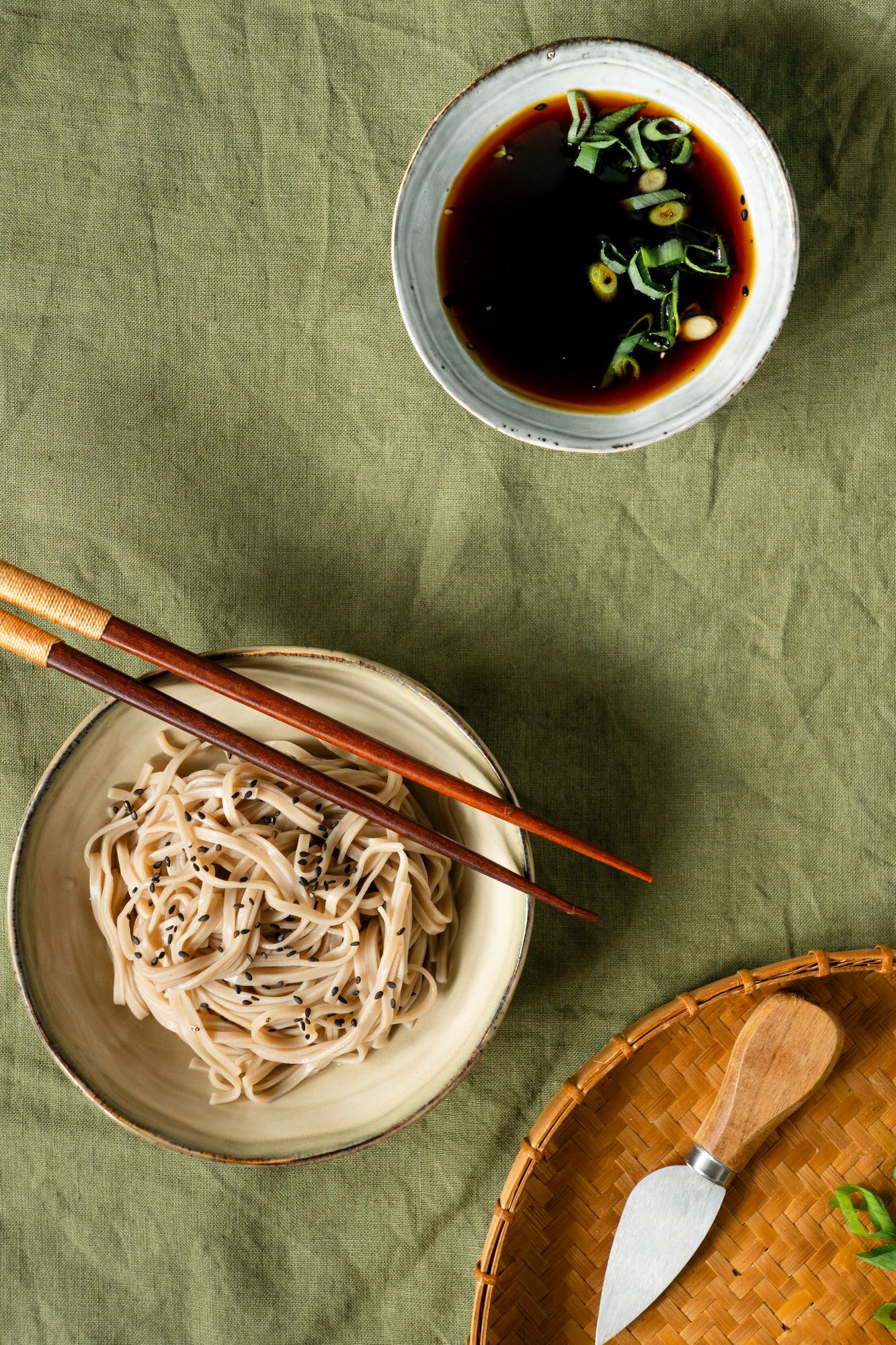
Round things out like a local with tonjiru — pork-and-veg miso soup that tastes like someone cares — and a side of karaage. In Hokkaido, ask for zangi, a punchier marinated cousin that vanishes one “just one more piece” at a time.
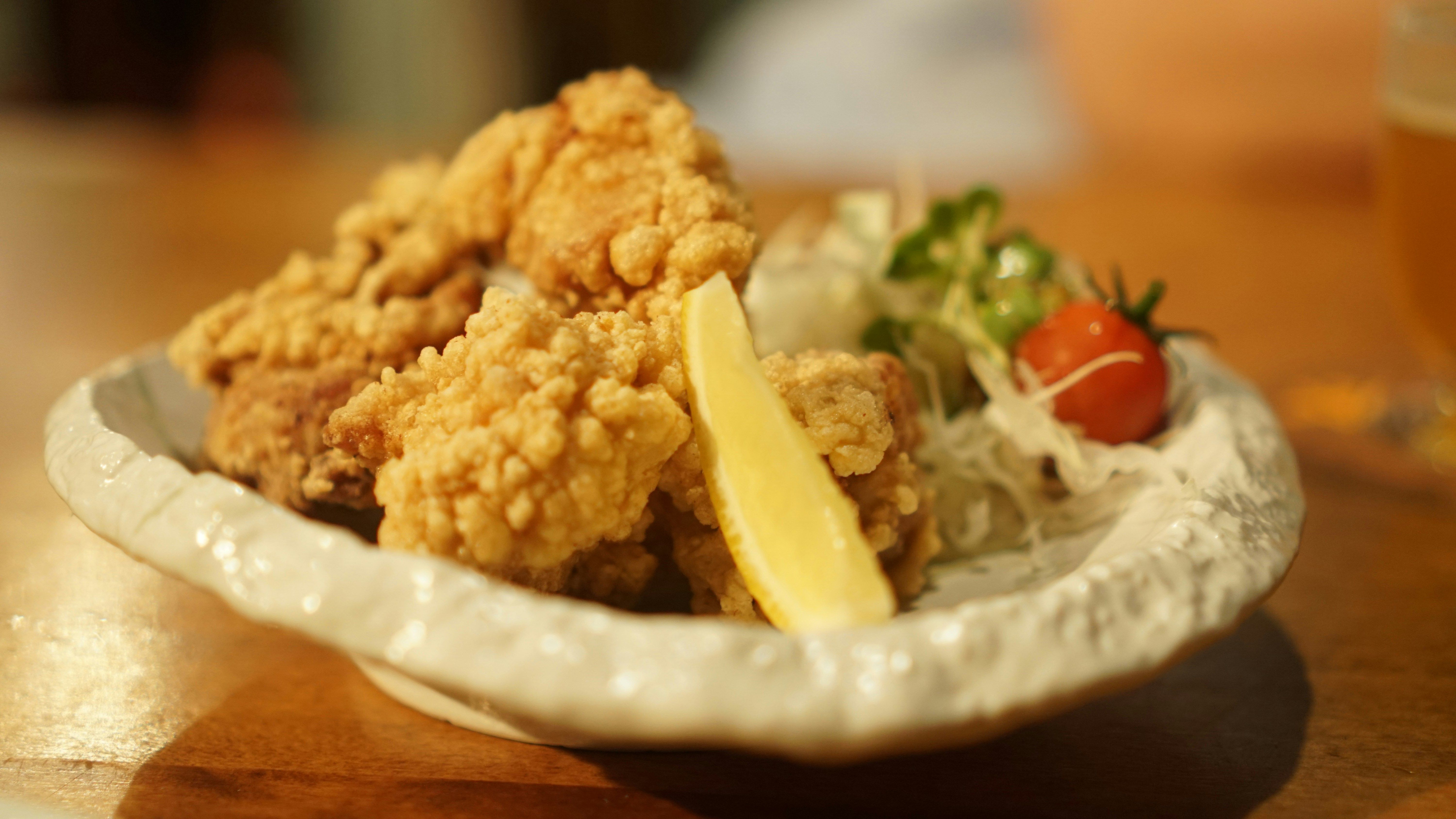
Two more cafeteria regulars worth knowing: yaki soba — stir-fried noodles with pork and cabbage — and hambāgu, Japan’s juicy, demi-glace-draped hamburger steak. Both are straightforward wins when you want fuel without decision fatigue.
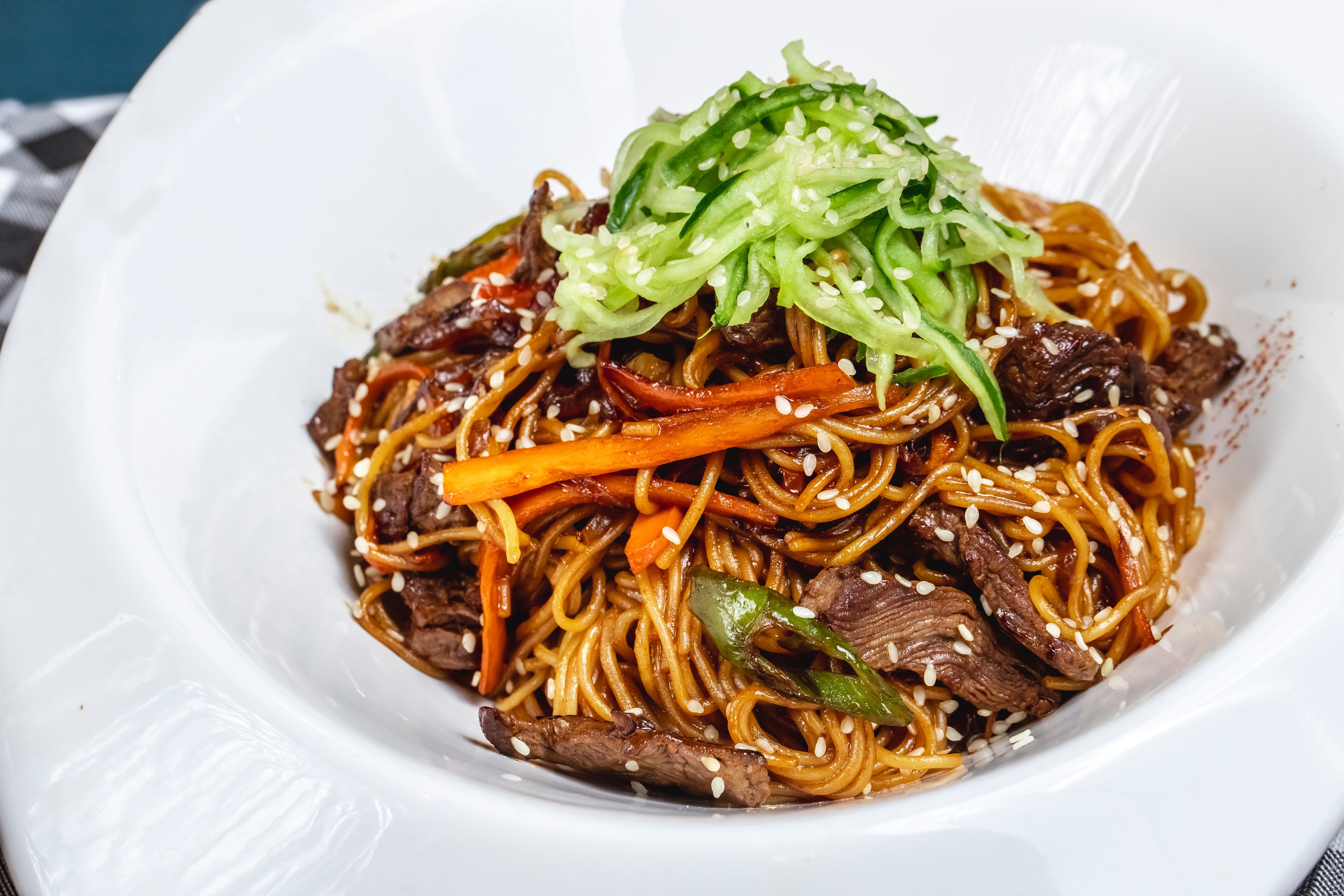
Bowls That Behave
Ramen shops double as winter warming huts. Miso wears the cold-weather crown, but shoyu (soy), shio (salt) and tonkotsu (pork bone) each deliver their own comfort. Toppings matter. A slice of chashu pork, an ajitama soft-set egg, a sheet of nori, bamboo shoots (menma), scallions — they change the mood of the bowl without slowing you down. Slurping is applause — it cools the noodles and quietly says “this rocks”.
If a signboard says soup curry, detour immediately. Born in Sapporo, soup curry swaps a thick roux for a spice-bright broth piled with roasted vegetables and your choice of protein. It is more ladle-friendly than ramen yet every bit as soul-warming.
Farther north and east, noodle nerds whisper about Inaniwa udon from Akita — thin, hand-stretched strands with a silky snap. Hot in January, chilled in spring. Both feel like a chef hit the reset button on your legs.
One last bowl to learn by name is tendon — tempura over rice with a sweet soy glaze. On a day when you can’t choose between crispy and cozy, tendon says “both”.
Rice, Sea, and Everything With a Lid
Japan is the world capital of the one-bowl smile. Beyond the donburi regulars, coastal days and northern markets unlock kaisendon — rice crowned with sashimi that looks like treasure. Salmon, scallop, sweet shrimp, and if luck lands, uni and ikura glittering like sunrise on fresh corduroy.
Inside hot-spring villages you’ll meet small bowls with big loyalty. Nozawana — the namesake leafy pickle of Nozawa Onsen — turns up beside rice, beer, and almost anything that wants a bright, briny nudge. It is a crunchy handshake from the village itself.
You might also meet omurice — a silky omelette draped over ketchup-rice — and curry pan, a bakery curry bun with a crisp shell and molten middle. Neither is fancy. Both are winter joy.
Shared Tables
Après does not need to be loud, but it should be communal. That is where Japan shines.
If Hokkaido is on your route, book jingisukan once. Lamb or mutton sizzles on a dome-shaped iron skillet while juices run down to caramelise onions and bean sprouts. It is interactive, toasty, and pure winter theatre — half cooking show, half team bonding.
When the storm taps the window like it wants in, slide into nabe territory. Bubbling hot pots set centre-table with tofu, mushrooms, greens and your protein are the ideal antidote to ice-cold noses. In Hokkaido, Ishikari nabe — a salmon-and-miso classic — tastes like a duvet in a bowl.
For pub-style nights, yakitori over charcoal is the skewered heartbeat of a good time. Negima is chicken and scallion. Tebasaki are wings. Tsukune are juicy chicken meatballs. Order a few, debrief that ridiculous tree line, order a few more. If someone mentions gyoza, your duty is to nod. Crisp-bottomed dumplings are the universal language of “we earned this”.
Vegetable-forward plates worth flagging: agedashi tofu — fried tofu in a hot dashi broth — and nasu dengaku, miso-glazed eggplant with a sweet, smoky finish. Both play nicely with beer or sake.
Konbini and Vending
If cafeterias are the main quest, konbini keep the story moving. 7-Eleven, Lawson, FamilyMart — open early, open late, perfect for ski life.
Breakfast on the go is onigiri, triangular rice balls whose nori wrapper clicks into place like a magic trick. Tuna mayo, salmon, pickled plum. Spicy cod roe if you want a little drama. The warm glass case by the till hides nikuman (steamed pork buns) which double as edible hand-warmers. Winter also unlocks oden — soy-scented broth with daikon, tofu, eggs and fish cakes that you ladle into a cup. Humble to look at, heroic to eat.
A few sleeper hits: famichiki — a fried chicken cutlet behind the counter that locals swear by. Karaage-kun — bite-size chicken nuggets at Lawson. Cup noodles when you need a hot slurp on the bus. Most stores have a microwave and hot water. They will heat a bento for you, hand you chopsticks, and send you back into the snow smiling.
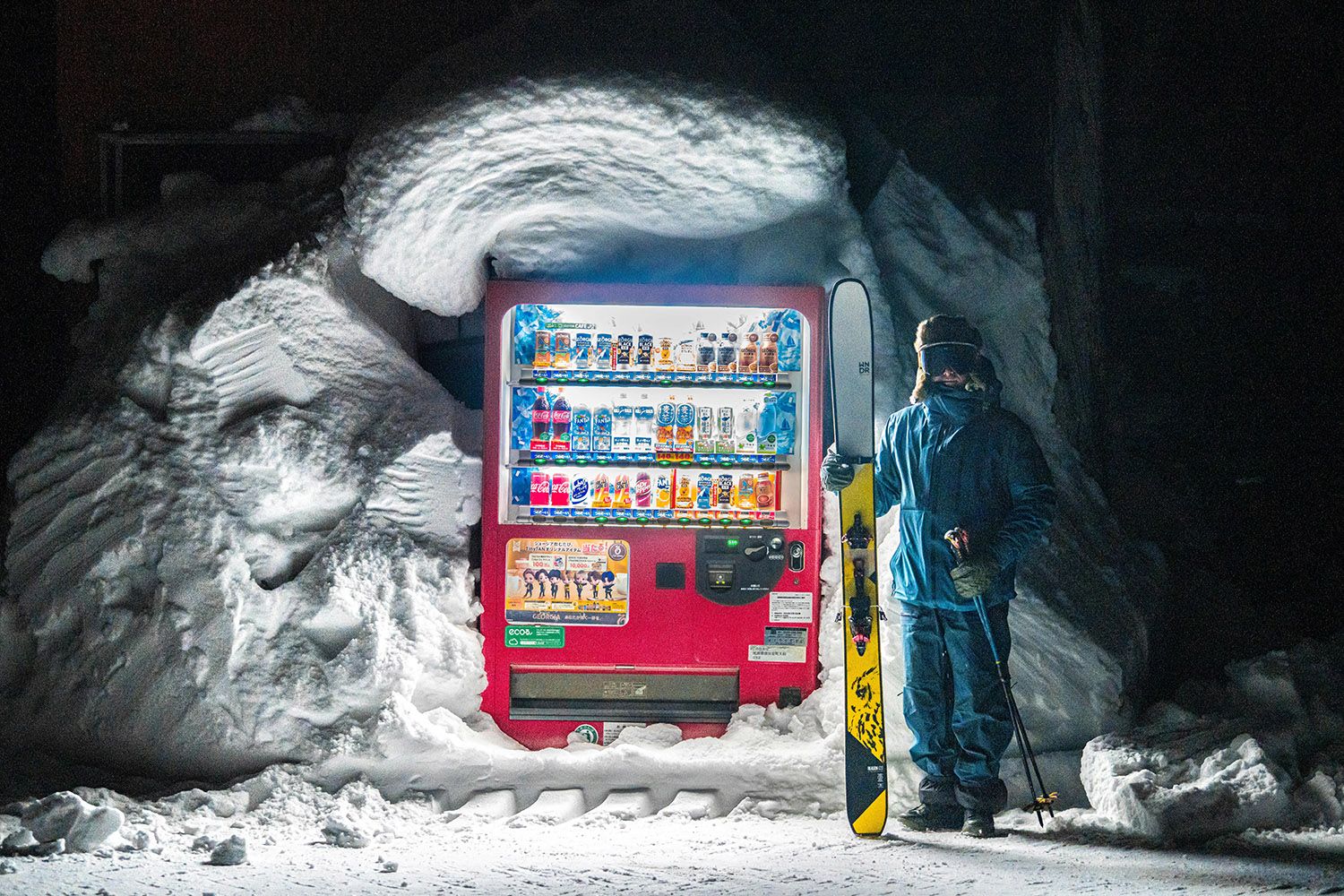
Japan’s vending machines deserve their own fan club. You will find them in base-area corners and snowy alleys, dispensing both cold and hot drinks. Canned coffee fuels first chair. Hot lemon or royal milk tea warms fingers and mood. And yes — corn soup in a can is a thing, and it absolutely slaps when the wind is testing your resolve. Red labels usually indicate hot. Blue is cold.
Drinks to Match the Weather
Coffee. You are never far from a good cup. Cafeterias pour simple drip. Ski-town cafés pull flat whites and lattes. Konbini bean-to-cup machines are strangely excellent, and canned hot coffee doubles as a pocket warmer on the gondola.
Beer. Crisp macro lagers are everywhere. Taprooms are popping up in more resorts if you want something crafty. In Hokkaido, keep an eye out for a certain region-only lager that locals love to wave around in photos. A frosty pint after a storm lap never gets old.
Highball and chūhai. The izakaya default is a highball — whisky and soda, light and highly sessionable. Chūhai, especially the classic lemon sour, delivers citrus sparkle with a gentle kick. Both let you keep the conversation rolling without burying tomorrow’s legs.
Sake and shōchū. Crisp regional sake sings with hot pots and sashimi. If a menu lists junmai, ginjo, or daiginjo, those are style cues — richer to more aromatic and refined. Shōchū is the deeper cut, distilled from barley, sweet potato or rice. On sub-zero nights, order oyuwari — shōchū with hot water — and watch your shoulders drop.
Non-alc wins. Mugicha (barley tea), bottled teas, sports drinks and excellent alcohol-free lagers keep you ready for first chair. Hydration is a wax job for your legs. Treat it that way.
Breakfasts
Hotel buffets are a ski-trip superpower. You can go classic Japanese — grilled fish, rice, miso soup, pickles, a soft-boiled egg — or push toward Western comforts with toast and jam. If you spot tamago kake gohan, that is hot rice with raw egg and soy sauce. Stir, season, smile. Bakeries do shokupan milk bread that toasts like a dream, plus anpan (sweet bean), melon pan and curry pan for the road.
Families with small riders do well with konbini yogurt drinks, mini puddings, and fruit milk. Corn soup in a can is essentially kid magic on a cold platform.
Dietary Notes
Vegetarian and vegan. Japan is increasingly accommodating, but fish-based dashi sneaks into many soups and sauces. Ask if the broth is fish-based, and look for veg curry rice, tofu dishes, vegetable tempura, plain onigiri like umeboshi, and soup-curry shops that offer vegetable broths. Many cafés can do plant-milk lattes now.
Gluten-free. Soy sauce often contains wheat. Choose grilled fish or meat with salt, rice bowls without sauce, and hot pots where you can control the broth. Carry a small bottle of tamari if you are strict. Rice is everywhere, which makes life easier.
Kids and cautious eaters. Katsu curry, karaage, omurice and yaki soba are safe, tasty bridges. If someone in the group is new to Japanese food, start there and expand.
Reservations & Timing
Dinner books out quickly in popular villages during peak weeks and holidays. If you have your heart set on a specific spot, reserve ahead. In Nozawa Onsen, many visitors eat a touch earlier than the 7 pm crush or book the night before while strolling after dinner. Niseko’s Christmas, New Year and Lunar New Year windows can fill months in advance for headline restaurants. Hakuba’s busiest places now use online systems. If you care about a table, lock it in before the snow flies.
Lunch on storm Saturdays works best a little early or after 13:30. Carry some cash for tiny mom-and-pops and ticket machines. Convenience stores will microwave your bento and hand you chopsticks. Vending machines are everywhere — red labels usually mean hot, blue means cold.
A Powder Day That Eats Well
Morning starts with onigiri and a konbini coffee you press yourself. First chair, two tree laps, one “that line was ridiculous”, then an early katsu curry or miso ramen. Afternoon vending-machine pit-stop, hot lemon in hand. Après around an izakaya table — yakitori, a bubbling nabe, and a crisp draft or a clinking highball. If someone whispers shime ramen, it is already done. Sleep. Repeat.